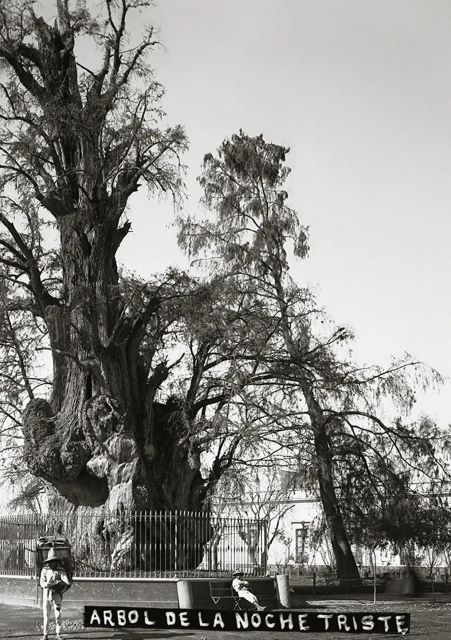Mexico's Old Man of the Water: The Resilient and Controversial Ahuehuete Tree
Discover the ancient and resilient ahuehuete tree, Mexico's national tree with a rich history and cultural significance. Learn about the famous Sad Night and Tule Trees, and the conservation efforts to protect these majestic trees.





